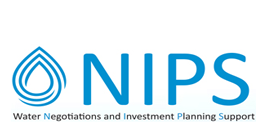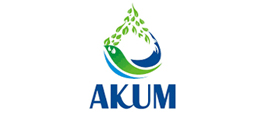Agglomerations and Water Supply Zones
Menu
Water Supply Zones - Key findings of final repor
Context and approach
The identification of water supply zones is not a formal requirement of the DWD but rather is intended to help a Member State to structure the way in which it reports drinking water quality to the EU. The principle is that by identifying water supply zones within which the quality of water in supply may be regarded as more or less uniform for reporting purposes, the amount of effort dedicated to such reporting can be kept within reasonable bounds.
For the present purposes the method adopted involved:
- Delineation of built-up areas at village level.
- For each of the delineated built-up areas, the calculation of population and water demand.
- Mapping of water supply networks and sources at village level.
- Collection of infrastructure information from water utility companies.
- Merging of built-up areas where appropriate.
- Discarding from the list areas below the thresholds defined in the Drinking Water Directive.
Key findings
On this basis 1,185 water supply zones have been identified, encompassing 2,117 settlements of varying sizes and roughly 92% of Albania’s present population.














